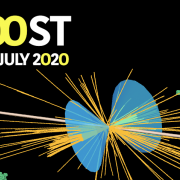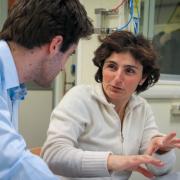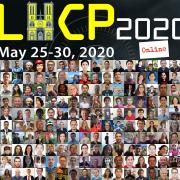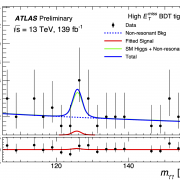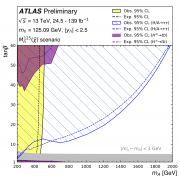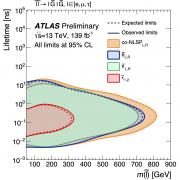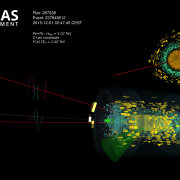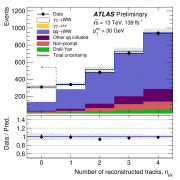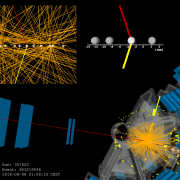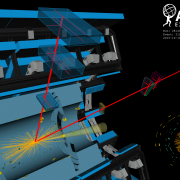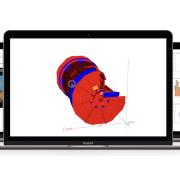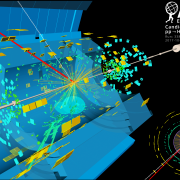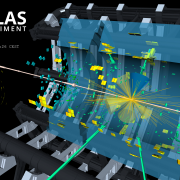Access to Collaboration Site and Physics Results
ATLAS Blog
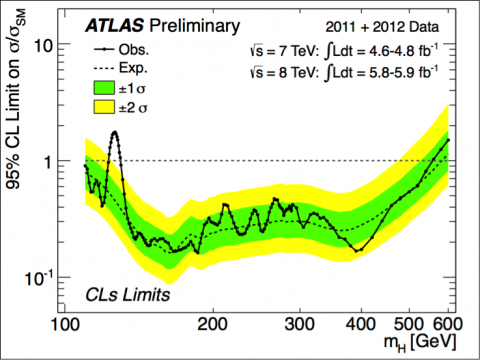
Very exciting day at CERN about the Higgs??!
– Good morning science addicts and everyone! What a special day at CERN today! Indeed, the ATLAS and CMS experiments have just released some outstanding results and observations about the search for the Higgs boson, and the ATLAS and CMS spokespersons (Fabiola Gianotti, and Joe Incandela) just presented those results in the main auditorium at 9 a.m (CERN time).Read more →

Quark Excitement: Is there anything smaller?
– The Large Hadron Collider commands many superlatives. One of the most useful of these is that the LHC is our planet's most powerful human-built microscope. The higher the collision energy, the tinier the distances you can study.Read more →

What does 8 TeV mean?
– Inspired by Regina Caputo’s excellent post on the CERN accelerator complex, I thought I should give you some fun facts about the LHC (in “human units”).Read more →
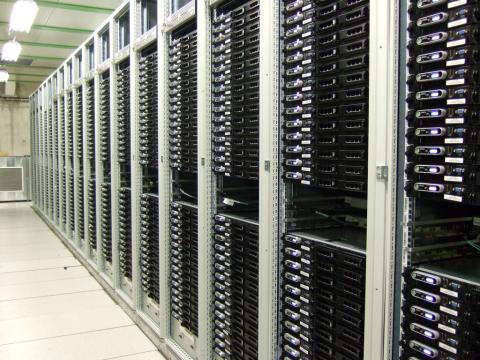
Needle in a haystack
– The LHC is designed to collide bunches of protons every 25 ns, i.e., at a 40 MHz rate (40 million/second). In each of these collisions, something happens. Since there is no way we can collect data at this rate, we try to pick only the interesting events, which occur very infrequently; however, this is easier said than done. Experiments like ATLAS employ a very sophisticated filtering system to keep only those events that we are interested in. This is called the trigger system, and it works because the interesting events have unique signatures that can be used to distinguish them from the uninteresting ones.Read more →
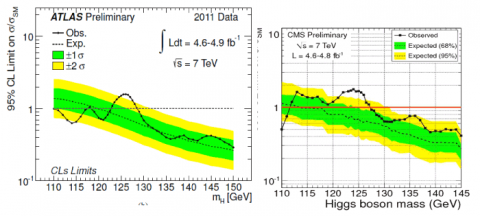
Moriond day 3: The day of the Higgs
– (I'm not skipping day 2, about heavy flavors and my own talk, but I think today's topic merits a reshuffling) It is no secret that Moriond EW 2012 celebrates the year of the "Higgs". In December both CMS and ATLAS published preliminary results with the intention to present more complete analyses at this year's Moriond, now the time has come at last.Read more →
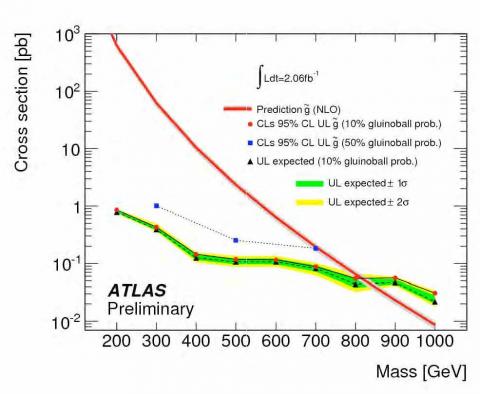
Moriond day 2: Inverse time dilation
– I work with crazy particles. Dark matter is pretty weird, so are neutrinos seemingly, but what I search for blows it all away. Tuesday was the day of my presentation. The format for these young scientist presentations are 5 minutes and time for a single question afterwards. Trying to present a full picture of any analysis in that short a time is impossible; instead the idea is more like handing out a business card telling the audience what you work on in the hope that some will be interested and contact you informally afterwards.Read more →

Moriond day 1: The outer limits
– Not many trips take you to all ends of the world in one day, but that was nevertheless how it felt after the first talks at Moriond. Sunday and Monday have mainly featured presentations on neutrino and dark matter physics. Many of these experiments are placed in remote regions or deep under ground.Read more →

Mystical Moriond
– As a young physicist not many conferences have the same mystical status as Rencontres de Moriond. This gathering of physicists from all areas of particle physics is one of most anticipated events of the year. More a gathering than a conference, Moriond started in 1966 and has inspired many similar events. Presentations, time for discussion and recreation is combined to inspire and foster collaboration and new ideas. Another element is the meeting between young and more experienced scientists. Nearly half of the talks are given by young participants below 35 like myself. I was invited by the ATLAS collaboration to present our latest results on a search for a type of long-lived particles that has meant a lot to me for the last two years.Read more →
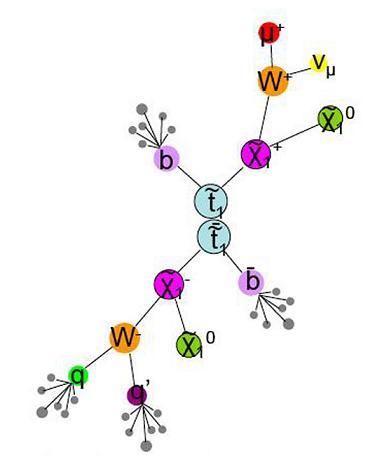
From 0-60 in 10 million seconds! – Part 2
– This is continuing from the previous post, where I discussed how we convert data collected by ATLAS into usable objects. Here I explain the steps to get a Physics result. I can now use our data sample to prove/disprove the predictions of Supersymmetry (SUSY), string theory or what have you. What steps do I follow?Read more →
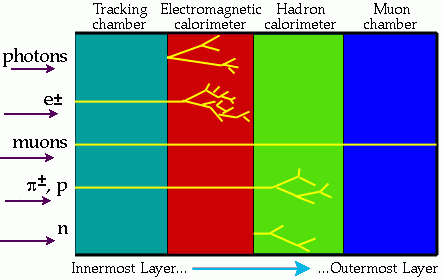
From 0-60 in 10 million seconds! – Part 1
– OK, so I’ll try to give a flavour of how the data that we collect gets turned into a published result. As the title indicates, it takes a while! The post got very long, so I have split it in two parts. The first will talk about reconstructing data, and the second will explain the analysis stage.Read more →




